Implementing the Project "Promoting the role of Women's Unions at all levels in building new rural areas and civilized urban areas by 2025" of the Hanoi People's Committee, from October 2022, the City Women's Union has directed the pilot model "Women participate in handling straw and stubble after harvest".
In one of the 9 communes in 5 districts: My Duc, Thanh Oai, Chuong My, Thuong Tin, Ba Vi selected as the pilot unit for the model, Ms. Do Thi Thu Hang, Chairwoman of the Women's Union of Tan Hong commune, Ba Vi district, said that more than 100 cadres and women's union members of the commune have been trained on how to multiply yeast and process straw and stubble after harvest with IMO microbial products as well as the benefits of utilizing straw, stubble, and crop by-products available in the fields to process into organic fertilizers. After being trained, the Women's Union of the commune established a core group of 10 members to propagate and replicate the model as well as review agricultural production households in favorable areas for pilot implementation. The core group has tested making microbial yeast and processing straw and stubble on an area of 2 hectares of members' fields by composting and spreading in water. With the easy-to-understand, easy-to-practice yeast making method, the cheapest cost and the ability to process a large amount of straw and stubble after harvest, it has convinced the women's association members in the commune.
Also because it brings many benefits to farmers in production, after being trained on how to create IMO yeast from familiar daily products which are agricultural by-products, many members and women of Tam Hung commune, Thanh Oai district are determined to follow suit. Ms. Nguyen Thi Kieu, President of the Women's Union of Tam Hung commune, shared that by-products after harvesting agricultural products are used by women to make fertilizer for various vegetables. Through comparison and evaluation between vegetable beds fertilized with by-products from straw and rice husks, the vegetables have a golden color, good quality, and are naturally sweet when cooked, while the vegetable beds fertilized with nitrogen fertilizer have a dark green color, and are not crispy and delicious when eaten. Although there are still limitations that need to be overcome, everyone realizes that not burning straw and rice husks in the fields has contributed to reducing costs for agricultural production, especially protecting the living environment.
Head of the Department of Supporting Women's Economic Development, Hanoi Women's Union, Nguyen Thi Huong informed and implemented the Project "Promoting the role of Women's Unions at all levels in building new rural areas and civilized urban areas by 2025", from October 2022 to present, all levels of the union have organized the signing of commitments not to burn straw and stubble after harvest and provided instructions on how to process straw and stubble into organic fertilizer for more than 2,500 agricultural households. There are 33 branches that have implemented a model of processing and composting straw and stubble into organic fertilizer; instructed 244 member households on how to make IMO yeast...
According to Vice President of the Hanoi Women's Union Pham Thi Thanh Huong, promoting the role and responsibility of women's union members and the union organization in proactively participating in solving environmental problems in the capital, over the past years, the Hanoi Women's Union has effectively implemented environmental protection activities, attracting the participation of a large number of members, contributing to the construction of new rural areas, advanced new rural areas, and model new rural areas in localities.
In the coming time, the Hanoi Women's Union will focus on directing and guiding the Women's Unions of districts and towns to propagate so that women understand the benefits of post-harvest straw treatment, contributing to changing production habits; promote the role and responsibility of mobilizing members and women to replicate the post-harvest straw treatment model using IMO microbiological products by organizing exchanges, sharing experiences, and visiting straw treatment models that have been effectively implemented, contributing to building new and advanced new rural areas./.
Source link


![[Photo] Prime Minister Pham Minh Chinh attends the event "Digital transformation of the banking industry by 2025"](https://vphoto.vietnam.vn/thumb/1200x675/vietnam/resource/IMAGE/2025/5/29/0e34cc7261d74e26b7f87cadff763eae)




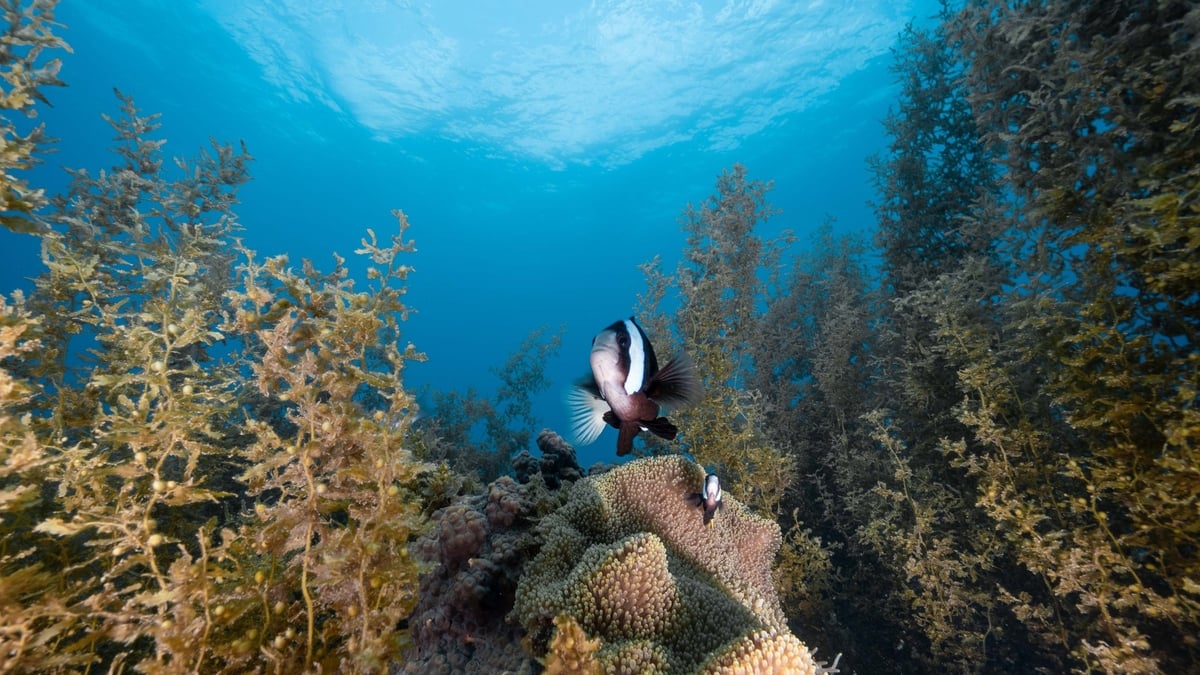





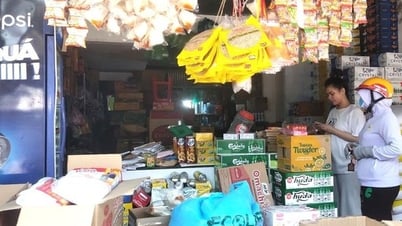
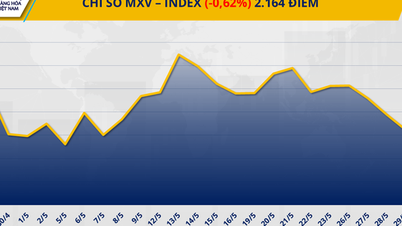








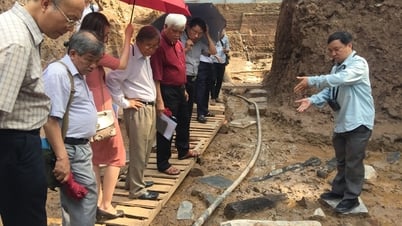
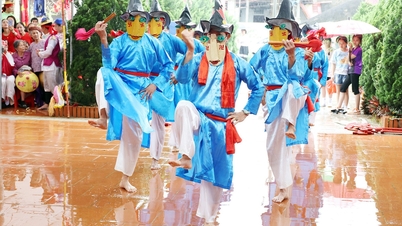

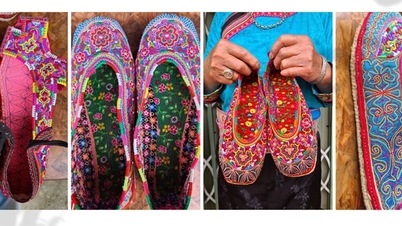
![[Photo] Prime Minister Pham Minh Chinh receives leaders of Excelerate Energy Group](https://vphoto.vietnam.vn/thumb/1200x675/vietnam/resource/IMAGE/2025/5/29/c1fbe073230443d0a5aae0bc264d07fe)





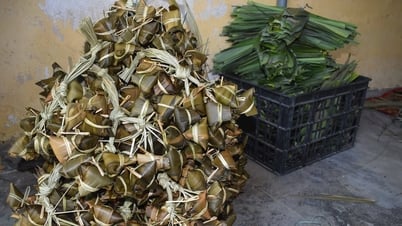

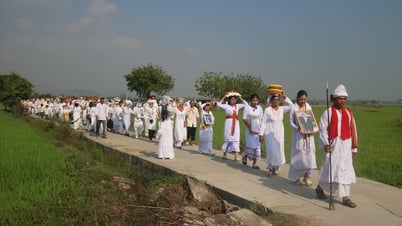

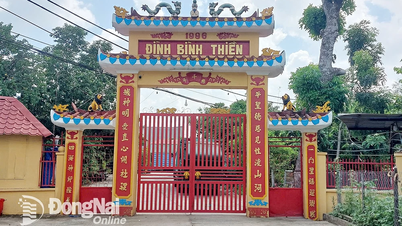







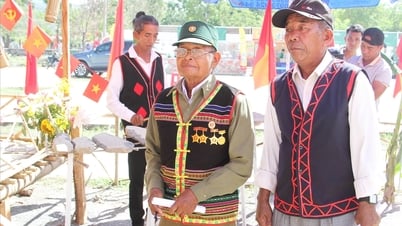


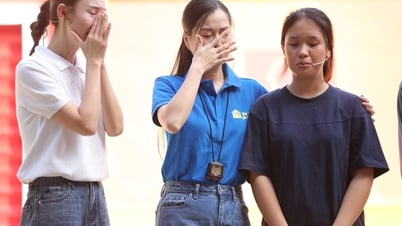





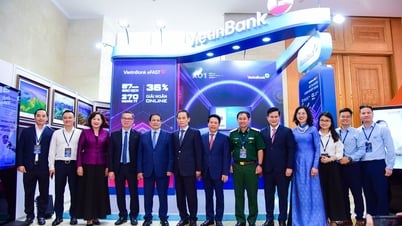







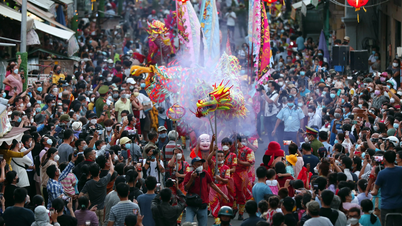





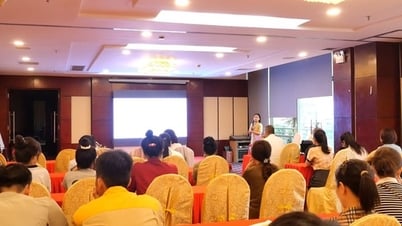
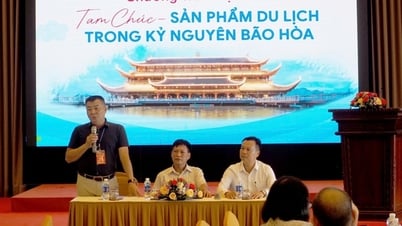
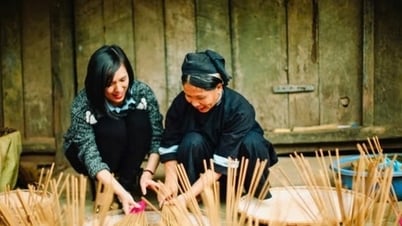
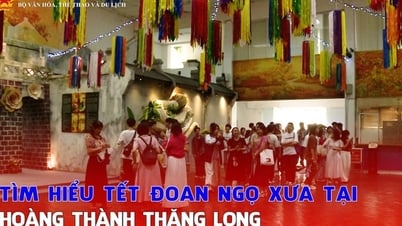
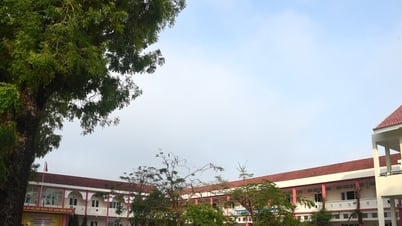
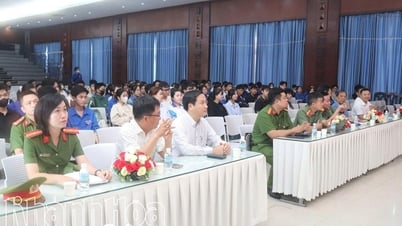

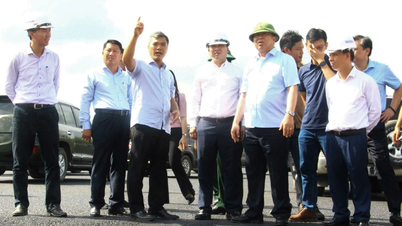
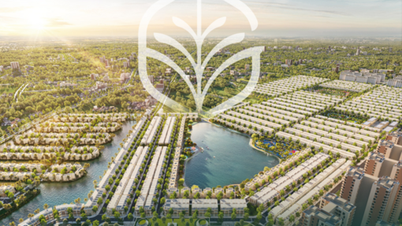

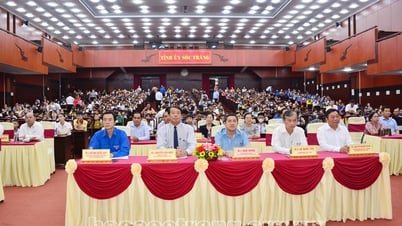





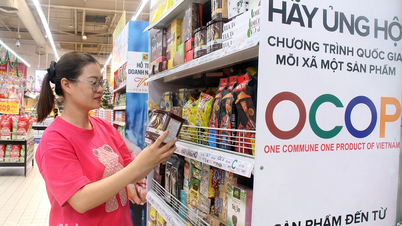
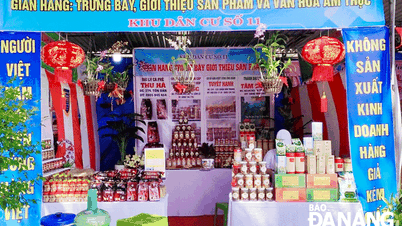


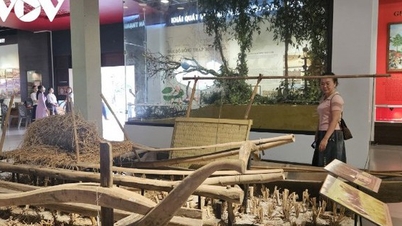
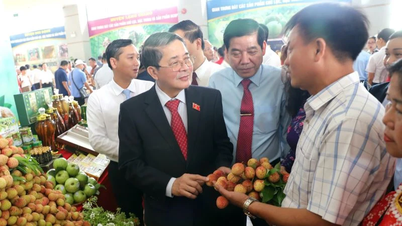




Comment (0)